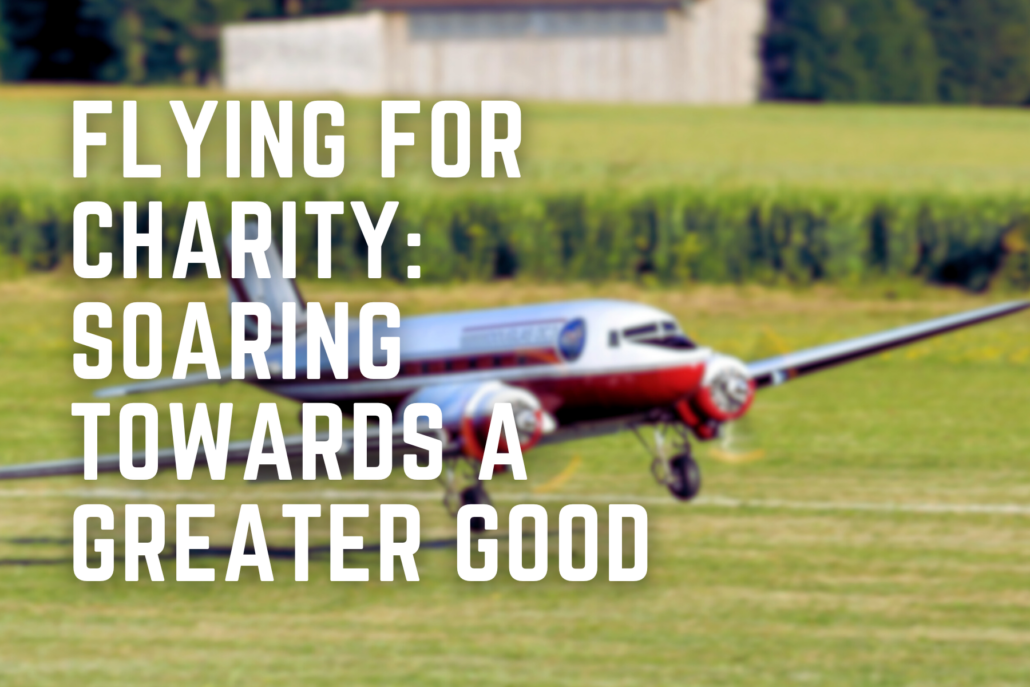Flying for Charity: Soaring towards a Greater Good
Are you a pilot or airplane owner looking to make a difference in the world? Have you ever considered using your passion for flying to benefit those in need? If so, you’re in the right place! In this article, we’ll explore the concept of flying for charity, the impact it can have, and how you can get involved in this noble endeavor.
Understanding Flying for Charity
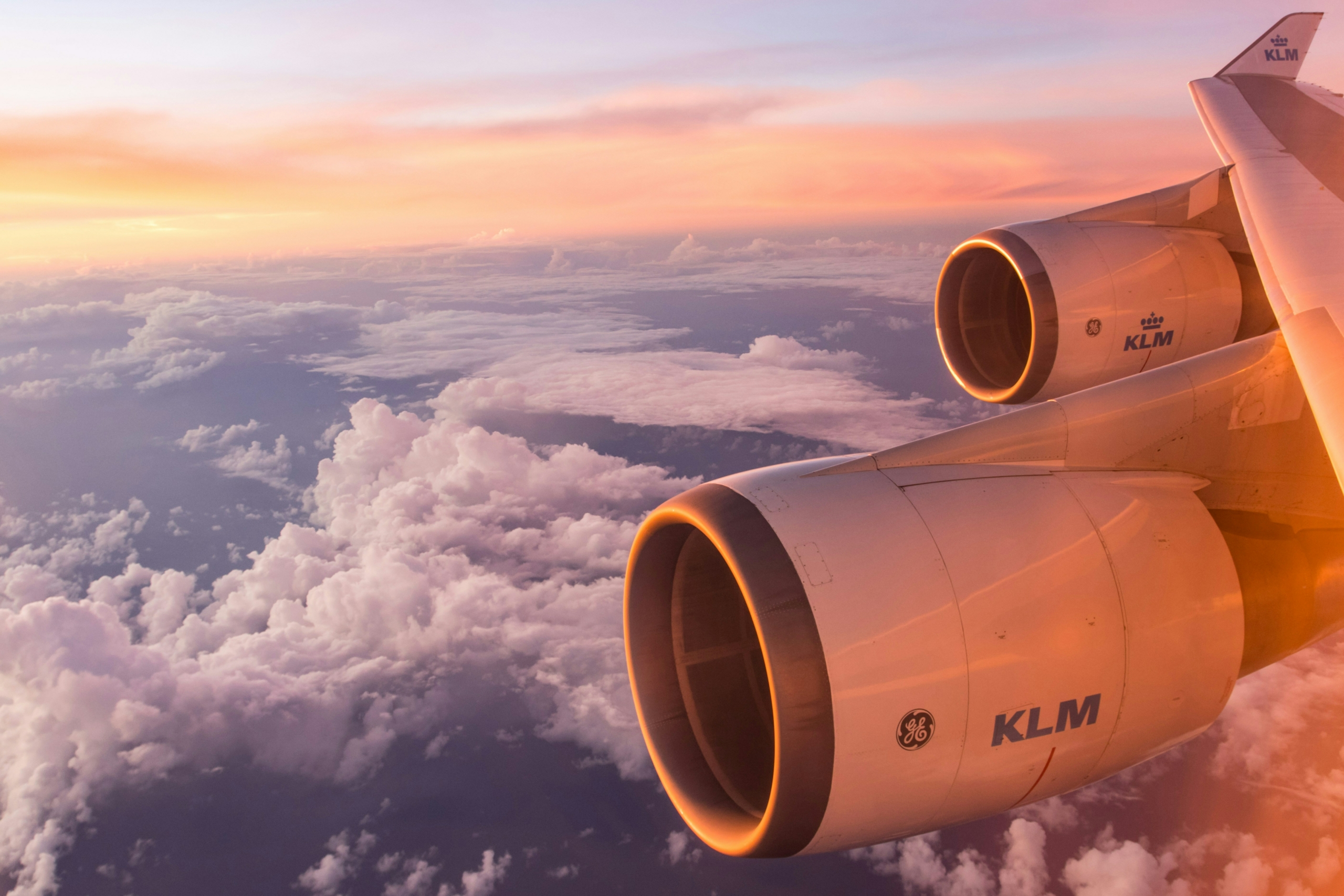
Flying for charity involves using aircraft to support philanthropic causes and charitable organizations. It’s about harnessing the power of flight to provide essential services, support humanitarian missions, and make a positive impact on communities around the world.
One way to support charitable causes through aviation involves volunteering for charity auction flights. In this scenario, you take passengers on captivating sightseeing journeys, with the proceeds directly benefiting the charitable organization. This is one of the rare exceptions where a private pilot can fly when passengers have paid. The FAA guidelines have to be strictly followed as outlines in FAR 91.146.
Importance of Charity Flights
Charity flights play a vital role in delivering critical supplies, medical aid, and disaster relief to areas in need. They facilitate access to remote locations, transport patients for medical treatment, and support humanitarian efforts during times of crisis. Without charity flights, many communities would struggle to receive the assistance they desperately need.
Benefits for Flying for Charity
Flying for charity offers numerous benefits, both for those receiving aid and for the pilots and volunteers involved. It allows pilots to use their skills and resources for a meaningful purpose, fostering a sense of fulfillment and satisfaction. Additionally, charity flights provide an opportunity for pilots to connect with like-minded individuals, build camaraderie, and strengthen their sense of community.
Getting Involved in Charity Flights
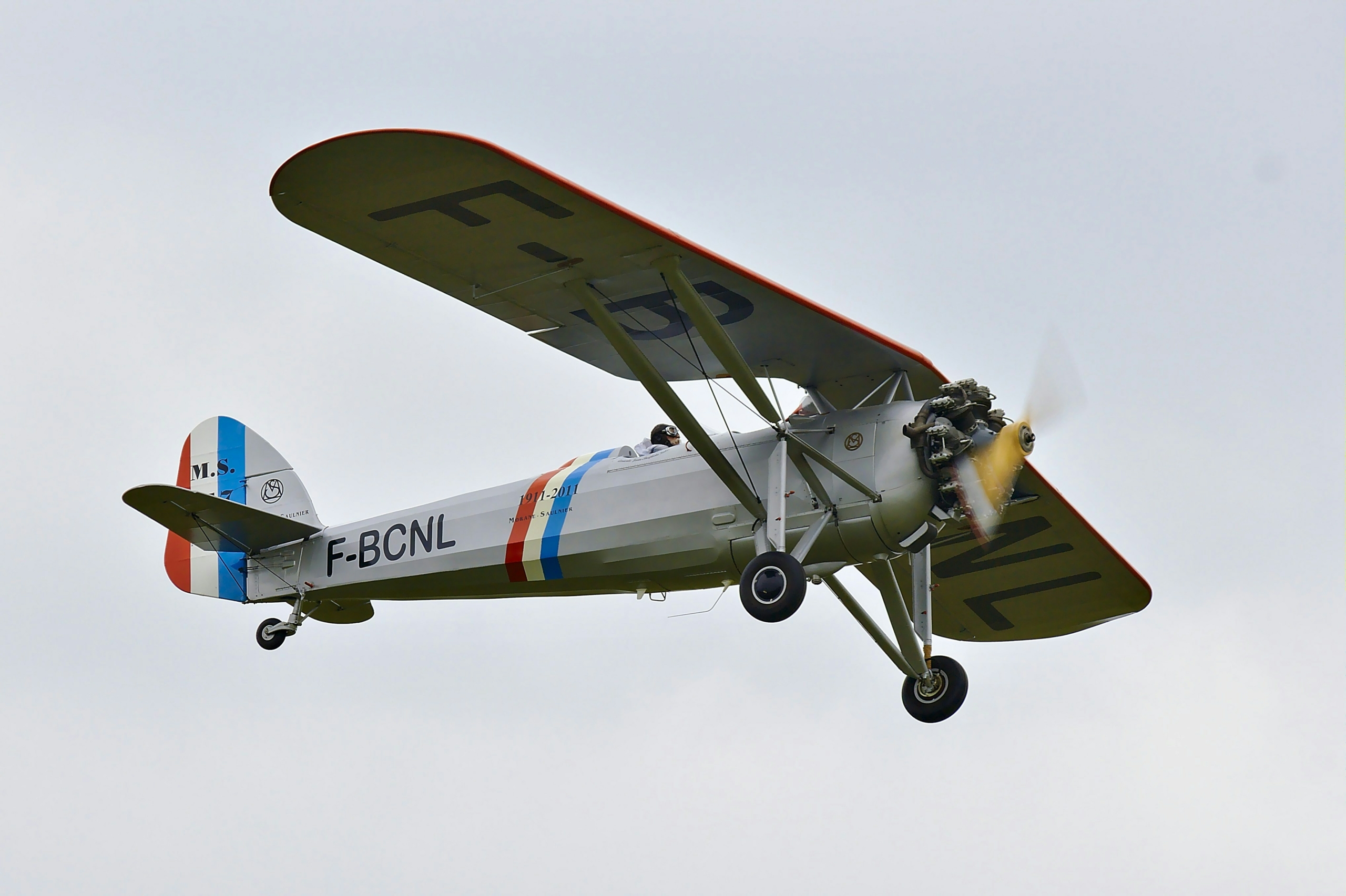
There are various ways to get involved in charity flights, whether you’re a pilot, airplane owner, or aviation enthusiast. Below are some ways you can do so:
Joining a Charity Organizations
Consider joining established charity organizations that specialize in aviation and humanitarian missions. These organizations often coordinate volunteer opportunities, organize charity flights, and provide training and support for pilots interested in getting involved.
Organizing Your Own Charity Flight
If you have the resources and expertise, you can organize your own charity flight to support a cause that’s important to you. Partner with local charities or community organizations, plan a fundraising event, and rally support from fellow pilots and volunteers to make your charity flight a success.
Challenges and Considerations
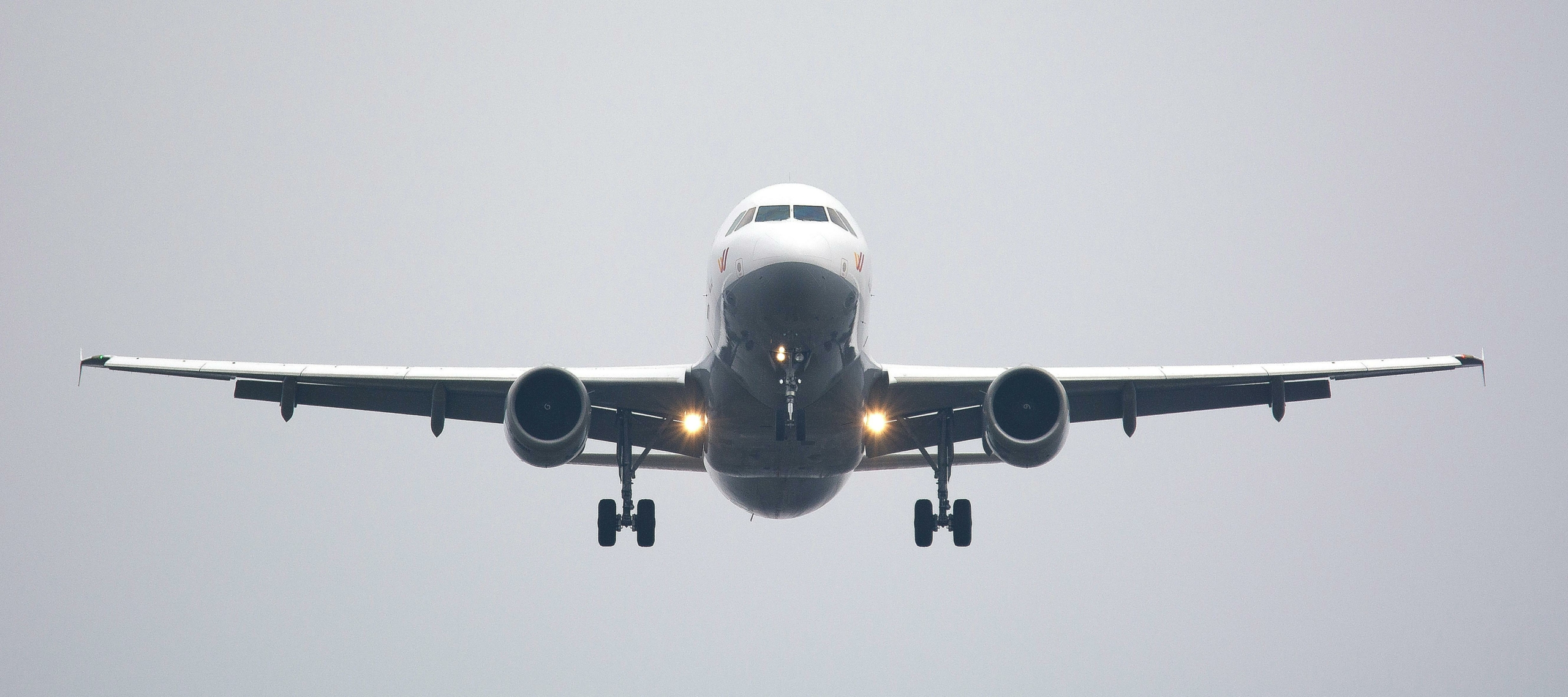
While flying for charity can be incredibly rewarding, it’s essential to be aware of the challenges and considerations involved.
Safety and Regulations
Safety should always be the top priority when participating in charity flights. Ensure that you adhere to all aviation regulations, obtain necessary permits and clearances, and prioritize proper planning and preparation to mitigate risks.
Logistics and Planning
Organizing charity flights requires careful logistics and planning. Consider factors such as fuel, weather conditions, airspace restrictions, and passenger needs when planning your flight. Be flexible and prepared to adapt to unexpected challenges or changes in circumstances.
Watch our Video about Donating Your Aircraft to Charity!
With our resident aircraft expert, Jeff Devoll.
Success Stories and Inspirations
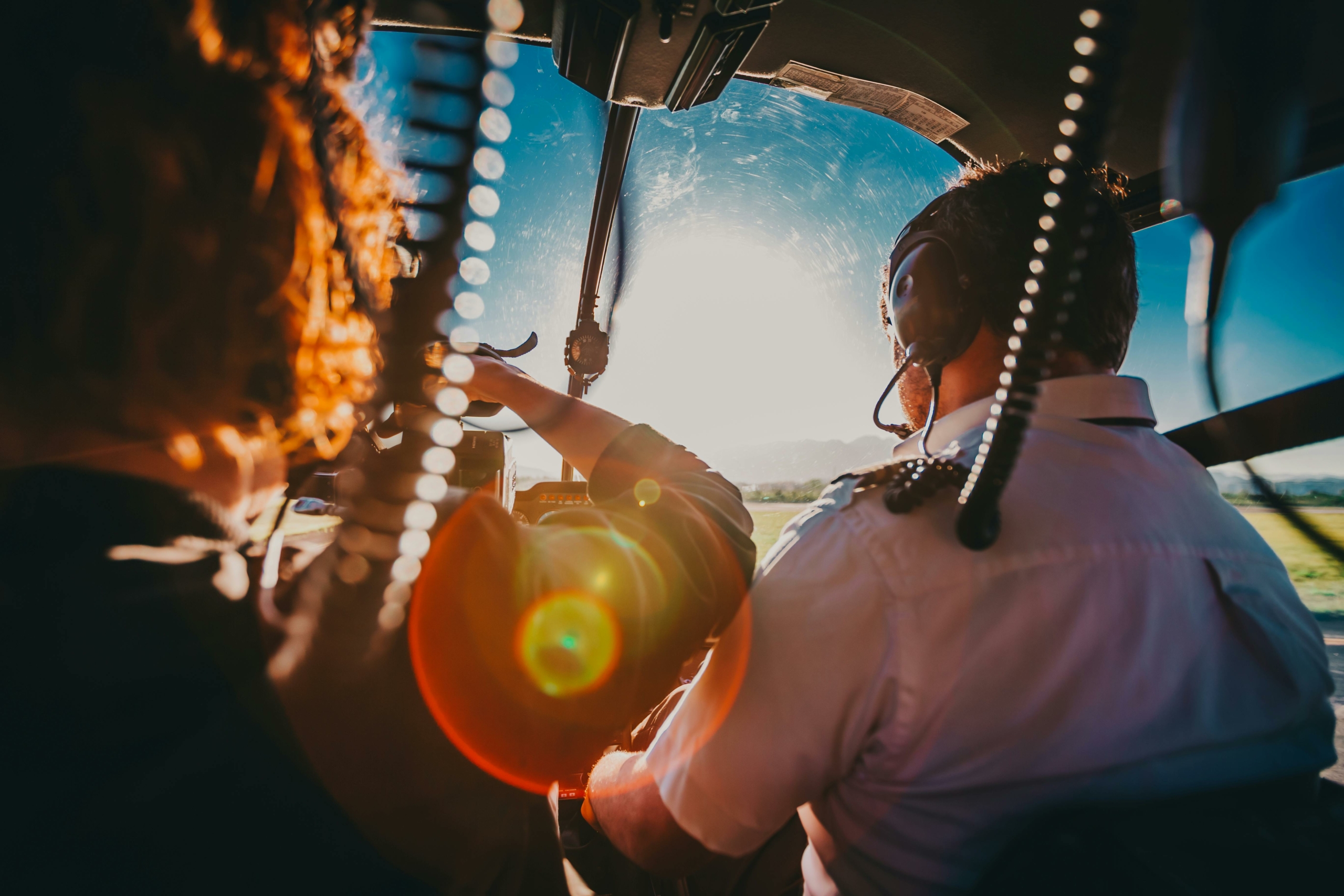
Explore success stories and inspirations from the world of charity flights.
Impactful Charity Flights
Learn about charity flights that have made a significant impact, from delivering aid to disaster-stricken areas to providing medical transport for patients in need. These stories serve as a testament to the transformative power of aviation in humanitarian efforts.
Personal Stories of Pilots
Discover personal stories and experiences from pilots who have participated in charity flights. Hear firsthand accounts of the joy, fulfillment, and sense of purpose that flying for charity can bring.
At StudentReach, our founder is a pilot and loves airplanes. Consider donating your airplane to benefit students, and those living in absolute poverty. Jeff loves to talk about planes and flying, give him a on his personal cell phone right now by clicking here. The donation process can be complicated, but we make it easy. Give us a call now to talk about donating your plane.
How to Support Charity Flights

Even if you’re not a pilot or airplane owner, there are still ways to support charity flights and the organizations that facilitate them.
Donating to Charity Organizations
Consider making a financial contribution to charity organizations that specialize in aviation and humanitarian missions. Your donation can help fund essential supplies, equipment, and operational costs for charity flights.
StudentReach uses aviation to transport volunteers who are helping people in absolute poverty and we even take plane donations. (LINK) https://www.studentreach.org/donate-airplane/
Think about donating your airplane to support our charity flights! By contributing your aircraft, you enable us to enhance our mission and make a significant impact. Your generosity helps us expand our reach and provide crucial support to those in need. Together, we can elevate our efforts and bring positive change.
Spreading Awareness
Spread awareness about the importance of charity flights and the impact they have on communities in need. Share stories, resources, and volunteer opportunities with your friends, family, and social networks to inspire others to get involved.
Conclusion
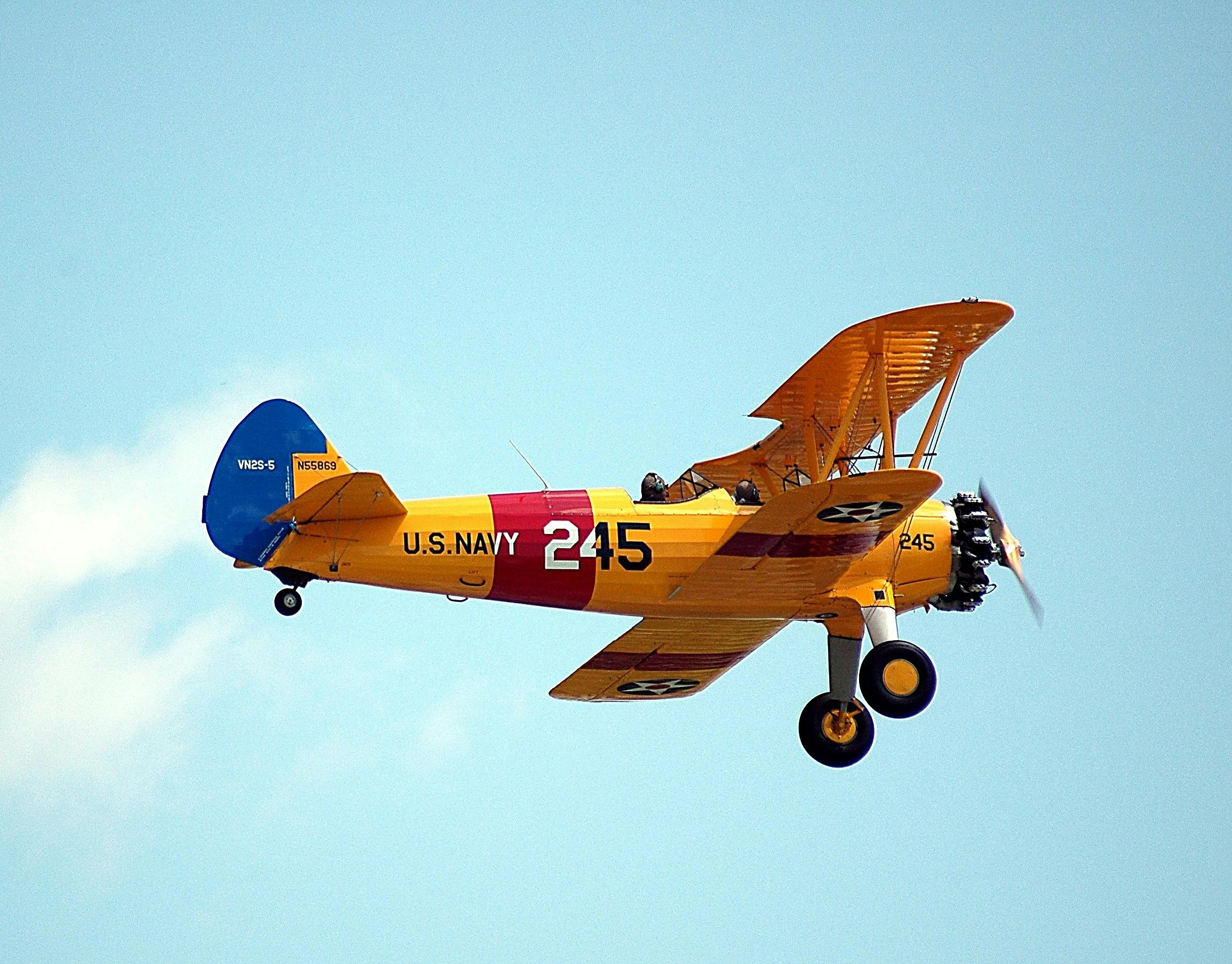
Flying for charity is more than just a hobby—it’s a powerful tool for making a positive impact on the world. Whether you’re a seasoned pilot or an aviation enthusiast, there’s a place for you in the community of pilots flying for a greater good. Join us in soaring towards a brighter future through charity flights.
Add links to our donation page: Have a plane you want to donate? We take planes in ANY condition!
FAQs

Q1: Can anyone participate in charity flights, or do you need to be a licensed pilot?
Anyone can participate in charity flights, regardless of whether they are a licensed pilot or not. While having a pilot’s license certainly opens up more opportunities for direct involvement in flying missions, there are numerous ways for non-pilots to contribute and support charity flights.
Here are some ways non-pilots can participate in charity flights:
- Volunteer as Ground Crew: Charity flights often require a team of ground crew members to assist with various tasks such as loading and unloading cargo, refueling aircraft, coordinating logistics, and providing support to pilots and passengers. Non-pilots can volunteer to be part of the ground crew and play a crucial role in ensuring the success of charity flights.
- Fundraising and Awareness: Non-pilots can contribute to charity flights by organizing fundraising events, spreading awareness about the cause, and mobilizing support within their communities. By raising funds and generating publicity, non-pilots can help sustain the operations of charity organizations and facilitate their mission of providing humanitarian aid and support.
- Logistics and Planning: Non-pilots with expertise in logistics, event planning, or project management can offer their skills and services to help organize and coordinate charity flights. From securing permits and clearances to arranging accommodations and transportation, there are numerous logistical tasks that require attention to detail and coordination.
- Passenger or Support Personnel: Non-pilots can also participate in charity flights as passengers or support personnel. Depending on the nature of the flight and the needs of the charity organization, non-pilots may accompany pilots on missions, provide assistance to passengers or beneficiaries, or perform other supportive roles during the flight.
- Advocacy and Support: Non-pilots can advocate for the importance of charity flights and support policies and initiatives that promote aviation for humanitarian purposes. By raising awareness about the impact of charity flights and advocating for increased support and resources, non-pilots can help strengthen the effectiveness and reach of charitable aviation efforts.
Overall, while having a pilot’s license offers unique opportunities for direct involvement in flying missions, non-pilots can still play a valuable role in supporting and contributing to charity flights. Whether through volunteering, fundraising, logistics support, or advocacy, there are numerous ways for individuals of all backgrounds and skillsets to make a meaningful difference in the world of charitable aviation.
Q2: How can I find charity organizations that specialize in aviation and humanitarian missions?
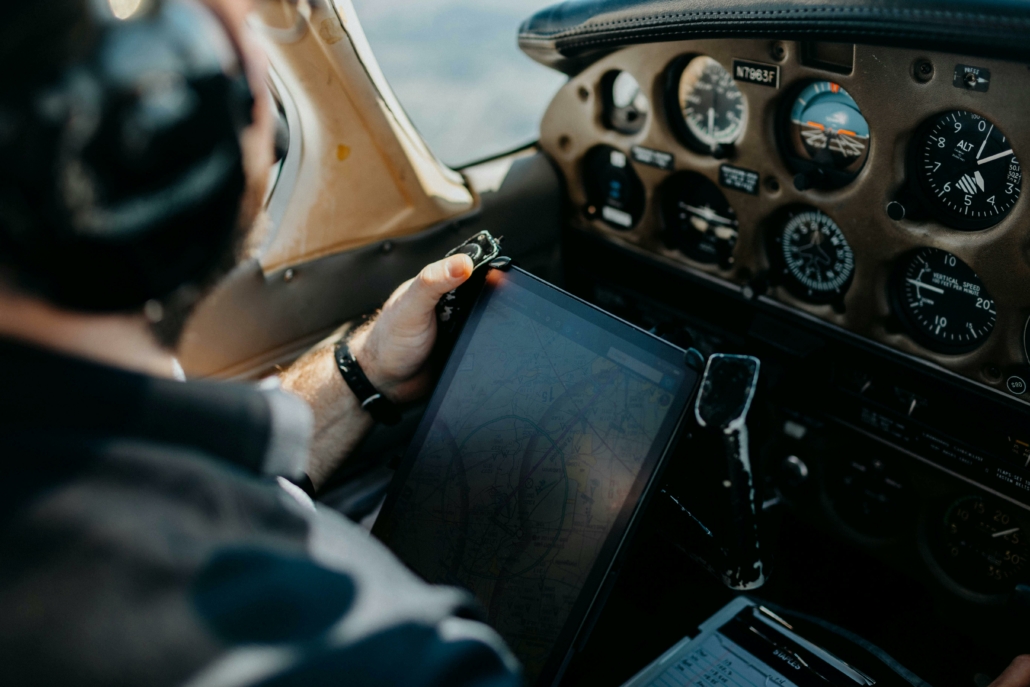
Finding charity organizations that specialize in aviation and humanitarian missions can be done through various channels, both online and offline. Here are some effective ways to discover and connect with these organizations:
- Online Research: Conduct a search engine query using keywords such as “charity aviation organizations” or “humanitarian aviation missions.” Explore the search results to find websites, directories, and listings of charity organizations involved in aviation-related humanitarian work.
- Charity Directories: Visit online charity directories and databases that catalog nonprofit organizations by category or cause. These directories often allow you to search for charities based on specific criteria, such as aviation or humanitarian missions. Examples of charity directories include Charity Navigator, GuideStar, and CharityWatch.
- Aviation Industry Associations: Reach out to aviation industry associations and professional organizations to inquire about charity organizations involved in humanitarian aviation. Many aviation associations have partnerships or affiliations with charitable initiatives and can provide information about relevant organizations.
- Social Media and Online Communities: Join social media groups, forums, and online communities dedicated to aviation enthusiasts, pilots, and humanitarian workers. Engage with members of these communities to ask for recommendations or insights into charity organizations involved in aviation-related humanitarian efforts.
- Networking and Word of Mouth: Tap into your personal and professional networks to seek recommendations and referrals to charity organizations involved in aviation and humanitarian missions. Reach out to pilots, aviation professionals, nonprofit leaders, and individuals involved in humanitarian work to inquire about relevant organizations and opportunities for involvement.
- Attend Aviation Events and Conferences: Attend aviation events, conferences, airshows, and trade fairs where charity organizations may have a presence or participate in outreach activities. Take the opportunity to network with representatives from charity organizations and learn more about their missions, programs, and volunteer opportunities.
- Online Donation Platforms: Explore online donation platforms and crowdfunding websites that feature charity organizations and fundraising campaigns related to aviation and humanitarian missions. These platforms often provide information about the organizations’ projects, goals, and impact, as well as opportunities to donate or volunteer.
- Contact Local Airports and Flight Schools: Reach out to local airports, flight schools, and aviation training centers to inquire about any partnerships or collaborations with charity organizations involved in aviation-related humanitarian work. These institutions may have information about local or regional initiatives that you can support or get involved with.
By leveraging these strategies and resources, you can identify charity organizations that specialize in aviation and humanitarian missions and explore opportunities to contribute your time, skills, and resources to support their noble endeavors.
When you choose to donate to StudentReach, your contribution makes a tangible difference. By donating your airplane, we transform it into vital support for our charity flights, enhancing our mission and extending our reach.
Your generosity helps fund essential programs, such as building homes for the impoverished in Baja, Mexico, and supporting student success in the Sacramento region. Together, we can drive positive change and make a real impact
Q3: What safety precautions should I take when organizing a charity flight?
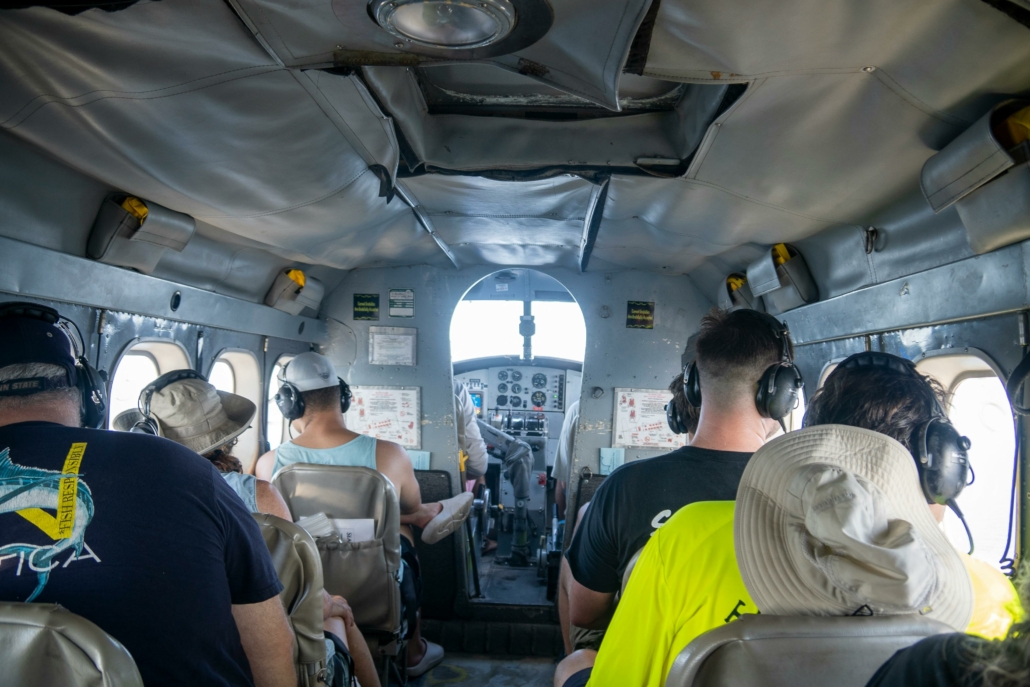
Organizing a charity flight involves careful planning and consideration of various safety precautions to ensure the well-being of everyone involved. Whether you’re coordinating a fundraising event, arranging transportation for beneficiaries, or piloting an aircraft for a humanitarian mission, prioritizing safety is paramount. Here are some essential safety precautions to take when organizing a charity flight:
- Conduct Pre-Flight Risk Assessments: Before embarking on any flight, conduct a thorough risk assessment to identify potential hazards, assess environmental conditions, and evaluate operational risks. Consider factors such as weather conditions, airspace restrictions, terrain, aircraft performance, and passenger needs. Modify flight plans or postpone flights if conditions are unsafe or pose undue risks.
- Verify Pilot Qualifications and Credentials: Ensure that pilots participating in charity flights possess the appropriate qualifications, licenses, and credentials for the type of aircraft and mission requirements. Verify pilot certifications, medical clearances, flight experience, and currency in accordance with regulatory requirements. Pilots should also be familiar with relevant aviation regulations, safety procedures, and emergency protocols.
- Perform Aircraft Maintenance and Inspections: Prior to each flight, conduct thorough pre-flight inspections and maintenance checks to ensure the airworthiness of the aircraft. Verify that all systems, controls, instruments, and safety equipment are functioning properly. Address any discrepancies or maintenance issues promptly to mitigate the risk of mechanical failures or malfunctions during flight.
- Establish Safety Protocols and Procedures: Develop and communicate clear safety protocols and procedures for all participants involved in the charity flight, including pilots, crew members, passengers, and ground personnel. Establish standard operating procedures (SOPs) for pre-flight briefings, emergency responses, passenger embarkation and disembarkation, and in-flight operations. Ensure that all participants are familiar with and adhere to these protocols to promote a culture of safety and accountability.
- Provide Passenger Briefings and Safety Instructions: Prior to departure, provide passengers with comprehensive safety briefings and instructions to familiarize them with the aircraft layout, emergency exits, seatbelt usage, and emergency procedures. Emphasize the importance of following crew instructions, remaining seated during critical phases of flight, and using safety equipment as directed. Encourage passengers to ask questions and seek clarification as needed.
- Monitor Weather Conditions and Airspace: Stay informed about current and forecasted weather conditions, airspace restrictions, and air traffic patterns along the planned flight route. Monitor aviation weather sources, such as METARs, TAFs, and weather radar, to identify potential hazards such as thunderstorms, turbulence, icing, or low visibility. Consider alternate routes or diversion options if weather conditions deteriorate or pose safety concerns.
- Maintain Communication and Situational Awareness: Maintain open communication channels with air traffic control (ATC), flight operations personnel, and other relevant stakeholders throughout the flight. Maintain situational awareness of aircraft position, altitude, speed, and surrounding traffic to avoid conflicts and maintain safe separation. Use effective communication techniques, such as radio calls, position reports, and visual scanning, to enhance situational awareness and promote safe operations.
- Plan for Contingencies and Emergency Situations: Develop contingency plans and emergency procedures to address unforeseen events or emergencies that may arise during the flight. Establish protocols for handling in-flight emergencies, medical incidents, mechanical failures, and adverse weather conditions. Ensure that all participants are trained in emergency procedures and know how to respond effectively to mitigate risks and ensure the safety of everyone onboard.
By implementing these safety precautions and protocols, you can help ensure the safe and successful execution of charity flights while minimizing risks and promoting the well-being of all participants. Safety should always be the top priority in aviation operations, especially when conducting humanitarian missions and charitable activities aimed at making a positive impact on communities in need.
Q4: Can I claim tax deductions for expenses incurred while participating in charity flights?
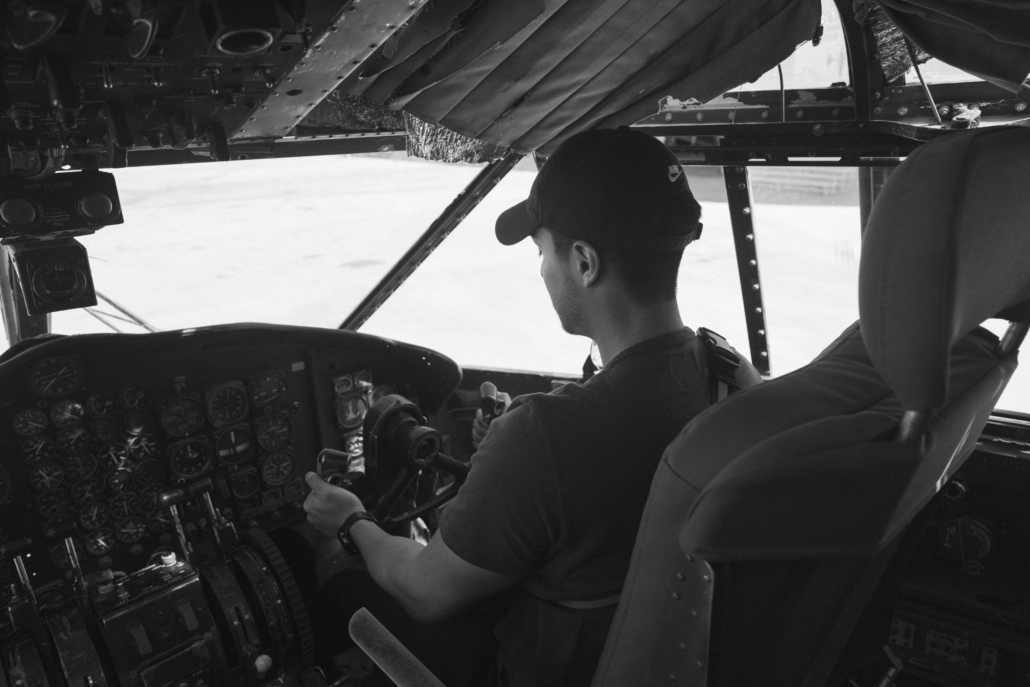
Whether you can claim tax deductions for expenses incurred while participating in charity flights depends on several factors, including the nature of the expenses, your tax status, and the applicable tax laws in your jurisdiction. While charitable contributions are generally tax-deductible, there are specific rules and limitations that govern the deductibility of expenses related to charity flights. Here are some considerations to keep in mind:
- Qualified Charitable Contributions: To be eligible for a tax deduction, the expenses incurred must qualify as charitable contributions under the tax laws of your country. In the United States, for example, the Internal Revenue Service (IRS) allows deductions for contributions made to qualified charitable organizations recognized as tax-exempt under Section 501(c)(3) of the Internal Revenue Code.
- Direct vs. Indirect Expenses: The deductibility of expenses incurred while participating in charity flights depends on whether the expenses are considered direct or indirect contributions to the charity. Direct expenses directly benefit the charity or its mission, such as fuel costs for transporting volunteers or supplies to a disaster area. Indirect expenses, such as travel expenses incurred by volunteers, may be deductible if they are directly related to the charity’s activities and not reimbursed by the charity.
- Documentation and Substantiation: To claim tax deductions for expenses incurred in charity flights, you must maintain accurate records and documentation of the expenses, including receipts, invoices, and other supporting documents. The documentation should clearly demonstrate the nature of the expenses, the purpose of the charity flight, and the organization benefiting from the contribution.
- Limits on Deductibility: There may be limits on the deductibility of charitable contributions, including expenses incurred for charity flights. In the United States, for example, the IRS imposes limits on the total amount of charitable contributions that can be deducted in a given tax year, typically based on a percentage of your adjusted gross income (AGI). Additionally, certain types of expenses, such as the value of volunteer services or personal expenses unrelated to the charity’s mission, may not be deductible.
- Consultation with Tax Professionals: Given the complexity of tax laws and regulations governing charitable contributions, it’s advisable to consult with a tax professional or accountant who specializes in nonprofit tax matters. They can provide personalized guidance and advice tailored to your specific circumstances, help you navigate the rules and regulations, and maximize your tax benefits while ensuring compliance with applicable tax laws.
In summary, while it may be possible to claim tax deductions for expenses incurred while participating in charity flights, eligibility depends on various factors and compliance with specific tax laws and regulations. Be sure to keep detailed records of your expenses, consult with a tax professional for guidance, and ensure that your contributions meet the criteria for deductibility under applicable tax laws.
Click here for more info on tax deductions.
Just remember to always consult a tax professional, jus tuse our info as a guide.
Q5: Can I be paid or reimbursed as a private pilot for flying for charity?
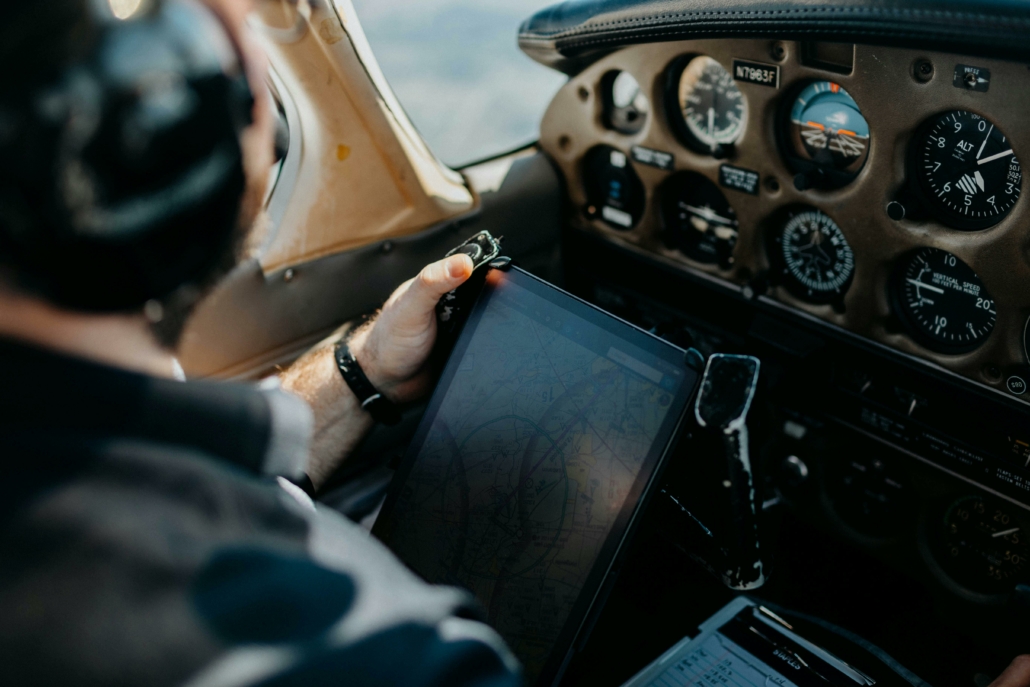
As a private pilot flying for charity, you may be eligible to receive reimbursement for certain expenses directly related to the charity flight, but being paid for your services as a pilot is generally not permitted under Federal Aviation Administration (FAA) regulations. Here are some key considerations regarding reimbursement and compensation for private pilots flying for charity:
- Expense Reimbursement: Private pilots may be reimbursed for certain expenses incurred while conducting charity flights, such as fuel, oil, maintenance, and landing fees. However, reimbursement must be limited to the pro-rata share of the expenses actually incurred by the pilot and cannot exceed the direct costs associated with the flight.
- No Compensation or Hire: FAA regulations prohibit private pilots from receiving compensation or hire for piloting aircraft. This means that private pilots cannot be paid a fee or salary for their services as pilots, nor can they accept payment from passengers or third parties for transportation services. The primary purpose of the flight must be for charity or humanitarian purposes, and any reimbursement received must be limited to covering actual expenses.
- Volunteer Pilot Organizations: Some nonprofit organizations operate volunteer pilot programs that facilitate charitable flights using private aircraft and volunteer pilots. These organizations may reimburse pilots for certain expenses incurred during charity flights, but pilots typically volunteer their time and services without receiving compensation beyond reimbursement for expenses.
- Insurance Considerations: Pilots should also consider the implications for their insurance coverage when participating in charity flights. Some insurance policies may have specific provisions or exclusions regarding reimbursement for expenses or compensation for services rendered. Pilots should review their insurance policies and consult with their insurance provider to ensure compliance with policy requirements.
- Consultation with Legal and Regulatory Authorities: Pilots considering participation in charity flights should familiarize themselves with FAA regulations, IRS guidelines, and any other relevant legal and regulatory requirements governing charitable aviation activities. It’s advisable to consult with legal and regulatory authorities, such as aviation attorneys or FAA representatives, to ensure compliance with applicable laws and regulations.
While private pilots may be reimbursed for certain expenses incurred while flying for charity, they cannot receive compensation or hire for their services as pilots. Reimbursement must be limited to covering direct expenses associated with the flight, and pilots should ensure compliance with FAA regulations, IRS guidelines, and other legal and regulatory requirements governing charitable aviation activities.

